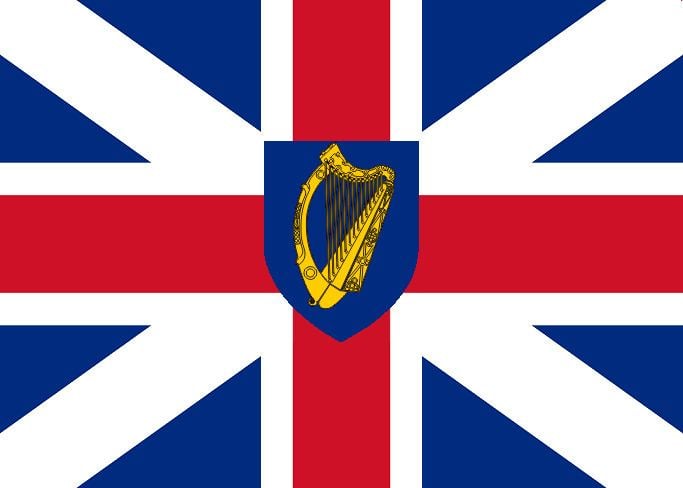 | ||
Protectorate album promo
A protectorate, in its inception adopted by modern international law, is a dependent territory that has been granted local autonomy and some independence while still retaining the suzerainty of a greater sovereign state. In exchange for this, the protectorate usually accepts specified obligations, which may vary greatly, depending on the real nature of their relationship. Therefore, a protectorate remains an autonomous part of a sovereign state. They are different from colonies as they have local rulers and people ruling over the territory and experience rare cases of immigration of settlers from the country it has suzerainty of. However, a state which remains under the protection of another state but still retains independence is known as a protected state and is different from protectorates.
Contents
- Protectorate album promo
- Protectorate universal exports
- Amical protection
- Colonial protection of the International Law
- Foreign relations
- Belgian protectorates
- British protectorates
- Americas
- Arab world
- South and South East Asia
- Protected states
- Sub Saharan Africa
- Oceania
- Chinese protectorates
- Dutch protectorates
- French protectorates
- Asia
- Arab world and Madagascar
- German protectorates
- Italian protectorates
- Japanese protectorates
- Portuguese protectorates
- Russian protectorates
- Spanish protectorates
- United States
- Contemporary usage by the United States
- United Nations protectorates
- Joint protectorates
- References
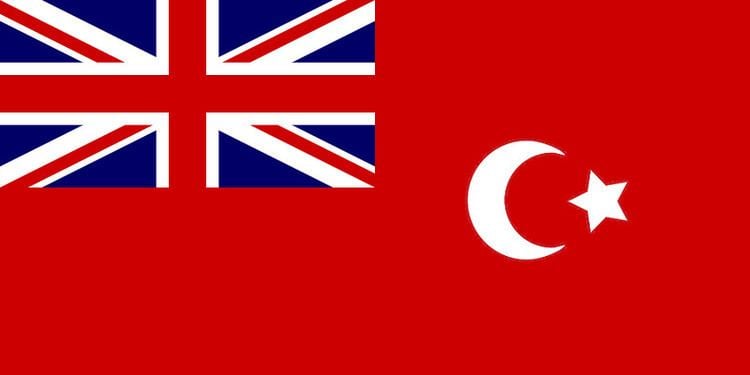
Protectorate universal exports
Amical protection

In amical protection, the terms are often very favorable for the protectorate. The political interest of the protector is frequently moral (a matter of accepted moral obligation, prestige, ideology, internal popularity, dynastic, historical, or ethno-cultural ties) or countering a rival or enemy power (e.g., preventing the rival from obtaining or maintaining control of areas of strategic importance). This may involve a very weak protectorate surrendering control of its external relations; this, however, may not constitute any real sacrifice, as the protectorate may not have been able to have similar use of them without the protector's strength.
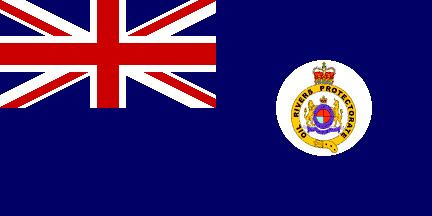
Amical protection was frequently extended by the great powers to other Christian (generally European) states and to smaller states that had no significant importance. In the post-1815 period, non-Christian states (such as China's Qing dynasty) also provided amical protection towards other much weaker states.
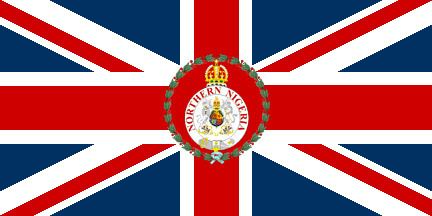
In modern times, a form of amical protection can be seen as an important or defining feature of microstates. According to the definition proposed by Dumienski (2014): "microstates are modern protected states, i.e. sovereign states that have been able to unilaterally depute certain attributes of sovereignty to larger powers in exchange for benign protection of their political and economic viability against their geographic or demographic constraints". Examples of microstates understood as modern protected states include Liechtenstein, San Marino, Monaco, Niue, the Cook Islands, and Palau.
Colonial protection of the International Law
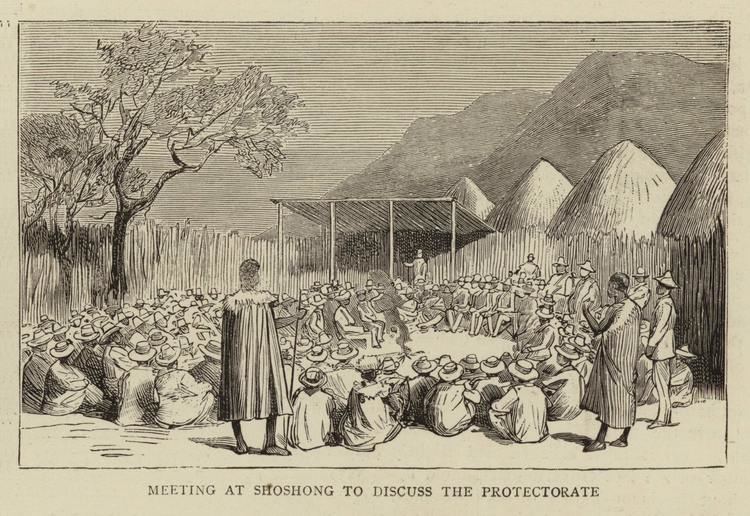
Conditions regarding protection are generally much less generous for areas of colonial protection. The protectorate was often reduced to a de facto condition similar to a colony, but using the pre-existing native state as an agent of indirect rule. Occasionally, a protectorate was established by or exercised by the other form of indirect rule: a chartered company, which becomes a de facto state in its European home state (but geographically overseas), allowed to be an independent country which has its own foreign policy and generally its own armed forces.
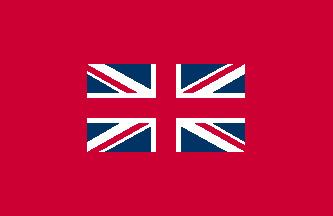
In fact, protectorates were declared despite not being duly entered into by the traditional states supposedly being protected, or only by a party of dubious authority in those states. Colonial protectors frequently decided to reshuffle several protectorates into a new, artificial unit without consulting the protectorates, a logic disrespectful of the theoretical duty of a protector to help maintain its protectorates' status and integrity. The Berlin agreement of February 26, 1885 allowed the colonial powers to establish protectorates in Black Africa (the last region to be divided among them) by diplomatic notification, even without actual possession on the ground. A similar case is the formal use of such terms as colony and protectorate for an amalgamation, convenient only for the colonizer or protector, of adjacent territories over which it held (de facto) sway by protective or "raw" colonial logic.
Foreign relations
In practice, a protectorate often has direct foreign relations only with the protecting power, so other states must deal with it by approaching the protector. Similarly, the protectorate rarely takes military action on its own, but relies on the protector for its defence. This is distinct from annexation, in that the protector has no formal power to control the internal affairs of the protectorate.
Protectorates differ from League of Nations mandates and their successors, United Nations Trust Territories, whose administration is supervised, in varying degrees, by the international community. A protectorate formally enters into the protection through a bilateral agreement with the protector, while international mandates are stewarded by the world community-representing body, with or without a de facto administering power.
Belgian protectorates
During the East African Campaign of World War I, the north-west part of German East Africa, Ruanda-Urundi, was invaded by Belgian and Congolese troops in 1916 and was still occupied by them at the end of the war in 1918. As part of the Treaty of Versailles the major part of German East Africa was handed over to British control but Ruanda-Urundi, twice the size of Belgium but only about 2% of the size of the Congo, was confirmed as a Belgian protectorate by a League of Nations mandate in 1924, later renewed as a United Nations Trust Territory. The territory was granted independence in 1962 as the separate countries of Rwanda and Burundi, bringing the Belgian colonial empire to an end.
British protectorates
A protectorate is a territory which is not formally annexed but in which, by treaty, grant or other lawful means, the Crown has ultimate power and jurisdiction.
A protectorate differs from a "protected state". A protected state is a territory under a ruler which enjoys Her Britannic Majesty's protection, over whose foreign affairs she exercises control, but in respect of whose internal affairs she does not exercise jurisdiction.
Some British colonies were ruled directly by the Colonial Office in London, while others were ruled indirectly through local rulers who are supervised behind the scenes by British advisors. In 1890 Zanzibar became a protectorate (not a colony) of Britain. Prime Minister Salisbury explained his position as follows:
The condition of a protected dependency is more acceptable to the half-civilised races, and more suitable for them than direct dominion. It is cheaper, simpler, less wounding to their self-esteem, gives them more career as public officials, and spares of unnecessary contact with white men.
The princely states of India were ruled indirectly. So too was much of the West African holdings.
When King George III issued The Royal Proclamation of 1763 he established the framework for the negotiation of treaties with the Aboriginal inhabitants of large sections of North America and legally defined an area of the North American interior as a vast Indian reserve. King George reserved the western lands to the "several nations or tribes of Indians" that were under his "protection" as their exclusive "hunting grounds." As sovereign of this territory, however, the king claimed ultimate "Dominion" over the entire region. These nations or tribes would be considered protectorates by treaty. The treaty-making procedures that evolved in the crown colony of Upper Canada were later exported to the territories purchased in 1870 by the new Dominion from the Hudson's Bay Company. A basis of land tenure was established throughout most of the prairie provinces and Northern Ontario, where seven numbered treaties were negotiated in the 1870s, on the principles outlined in the Royal Proclamation of 1763. In other large areas of the country where the treaty-making provisions of the Royal Proclamation have never been implemented, Aboriginal land rights are legally enforceable.
When the British took over Cephalonia in 1809, they proclaimed, "We present ourselves to you, Inhabitants of Cephalonia, not as invaders, with views of conquest, but as allies who hold forth to you the advantages of British protection." When the British continued to occupy the Ionian Islands after the Napoleonic wars, they did not formally annex the islands, but described them as a protectorate. The islands were constituted by the Treaty of Paris in 1815 as the independent United States of the Ionian Islands under British protection. Similarly, Malta was a British protectorate between the capitulation of the French in 1800 and the Treaty of Paris of 1814.
Other British protectorates followed. In the Pacific Ocean the sixteen islands of the Gilberts (now Kiribati) were declared a British Protectorate by Captain Davis R.N., of HMS Royalist between 27 May and 17 June 1892. The Royalist also visited each of the Ellice Islands and Captain Davis was requested by islanders to raise the British flag, but he did not have instructions to declare the Ellice Islands as a protectorate. The nine islands of the Ellice Group (now Tuvalu) were declared a British Protectorate by Captain Gibson R.N., of HMS Curacoa, between 9 and 16 October of the same year. Britain defined its area of interest in the Solomon Islands in June 1893, when Captain Gibson R.N., of HMS Curacoa, declared the southern Solomon Islands as a British Protectorate with the proclamation of the British Solomon Islands Protectorate.
In 1894, Prime Minister William Ewart Gladstone's government officially announced that Uganda was to become a British Protectorate, where Muslim and Christian strife had attracted international attention. The British administration installed carefully selected local kings under a program of indirect rule through the local oligarchy, creating a network of British-controlled civil service. Most British protectorates were overseen by a Commissioner or a High Commissioner, rather than a Governor.
British law makes a distinction between a protectorate and a protected state. Constitutionally the two are of similar status where Britain provides controlled defence and external relations. However, a protectorate has an internal government established, while a protected state establishes a form of local internal self-government based on the already existing one.
Persons connected with a former British protectorate, protected state, mandated territory or trust territory may remain British Protected Persons if they did not acquire the nationality of the country at independence.
The last British protectorate proper was the British Solomon Islands, now Solomon Islands, which gained independence in 1978; the last British protected state was Brunei, which gained full independence in 1984.
Other cases include:
Americas
Arab world
South and South East Asia
Protected states
As protected states, the following states were never officially part of the British Empire and retained near-total control over internal affairs; however, the British controlled their foreign policy:
Sub-Saharan Africa
Asterisks denote protectorates which were governed from a colony of the same name.
Oceania
Chinese protectorates
Qing dynasty:
Dutch protectorates
French protectorates
Asia
Arab world and Madagascar
Sub-Saharan Africa
The legal regime of "protection" was the formal legal structure under which French colonial forces expanded in Africa between the 1830s and 1900. Almost every pre-existing state in the area later covered by French West Africa was placed under protectorate status at some point, although direct rule gradually replaced protectorate agreements. Formal ruling structures, or fictive recreations of them, were largely retained as the lowest level authority figure in the French Cercles, with leaders appointed and removed by French officials.
Oceania
German protectorates
The German Empire used the word Schutzgebiet, literally protectorate, for all of its colonies until they were lost during World War I, regardless of the actual level of government control. Cases involving indirect rule included;
After invading and dismembering Czechoslovakia, Nazi Germany established, in the mostly ethnically Czech regions, the
Italian protectorates
In Europe:
In the colonial empire:
Japanese protectorates
Portuguese protectorates
Russian protectorates
Spanish protectorates
United States
Contemporary usage by the United States
Some agencies of the United States government, such as the United States Environmental Protection Agency, still use the term protectorate to refer to insular areas of the United States such as Guam, the Commonwealth of the Northern Mariana Islands, Commonwealth of Puerto Rico and the U.S. Virgin Islands. This was also the case with the Philippines and (it can be argued via the Platt Amendment) Cuba at the end of Spanish colonial rule. Liberia was the only African nation that was a colony for the United States and a protectorate from January 7, 1822 until the Liberian Declaration of Independence in July 26, 1847. Liberia was founded and established as a homeland for freed African-Americans and ex-Caribbean slaves who left the United States and the Caribbean islands with help and support from the American Colonization Society. However, the agency responsible for the administration of those areas, the Office of Insular Affairs (OIA) within the United States Department of Interior, uses only the term "insular area" rather than protectorate.
